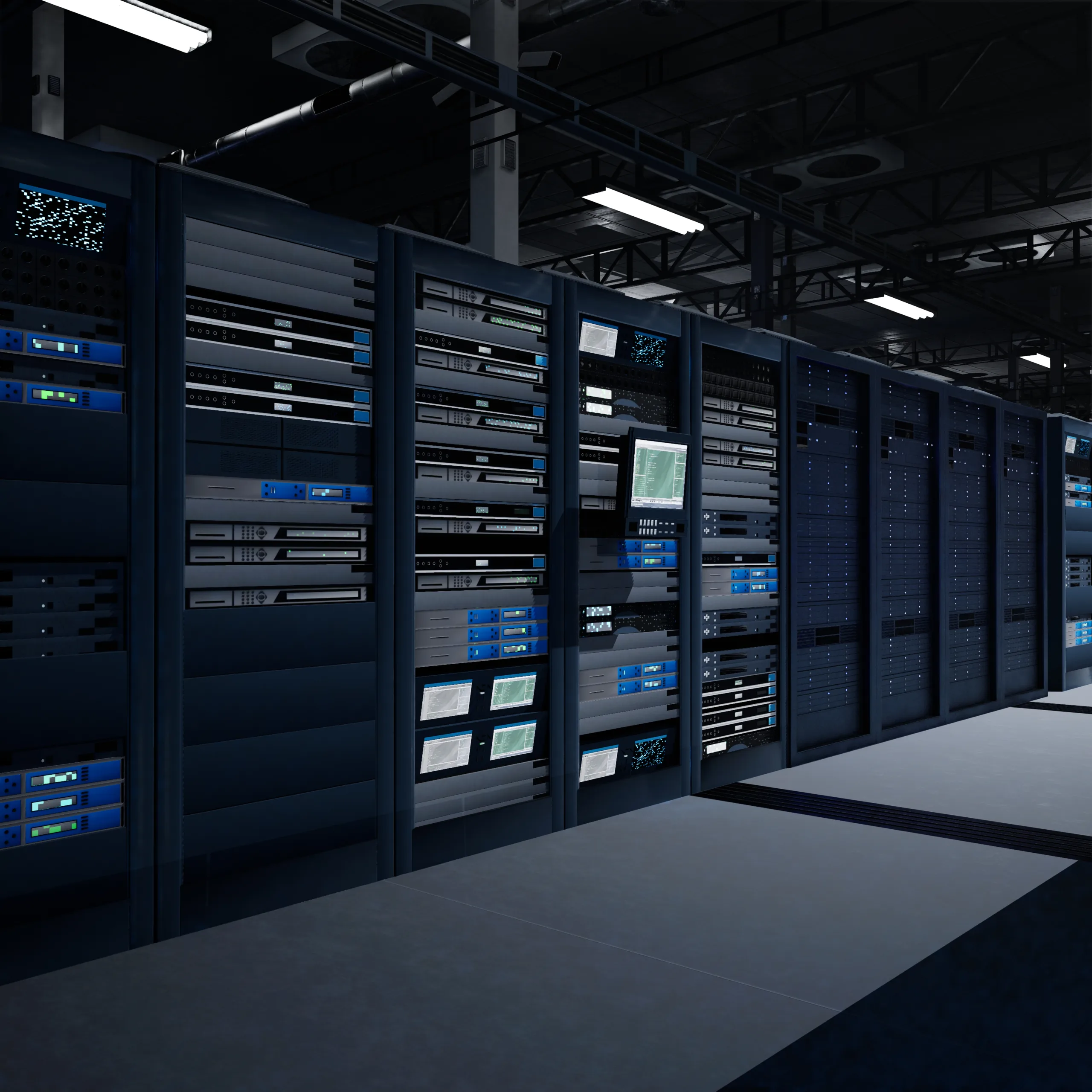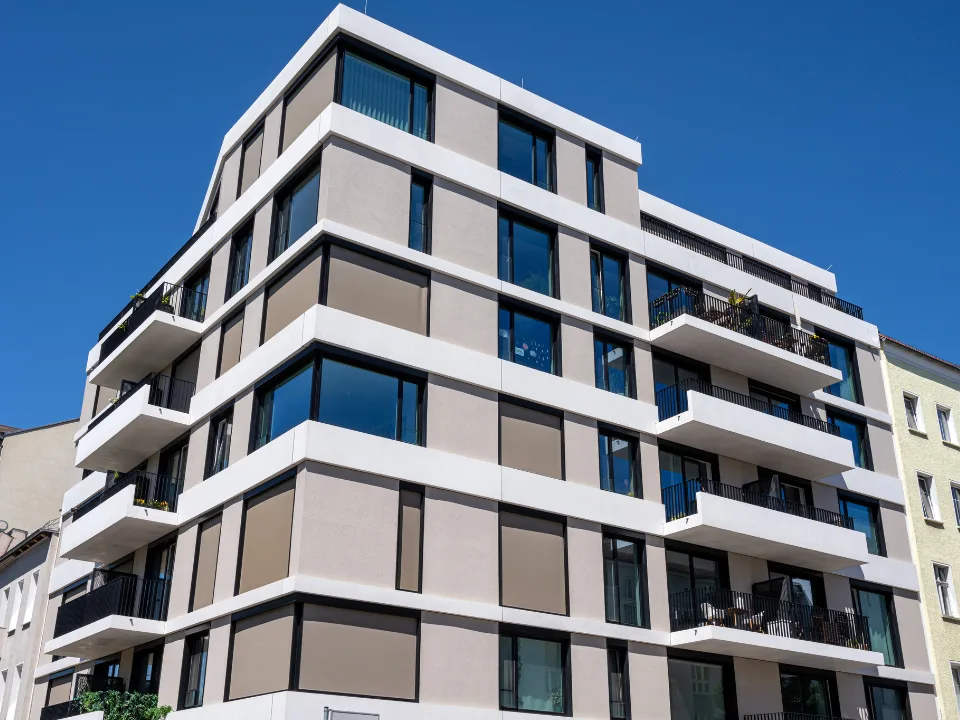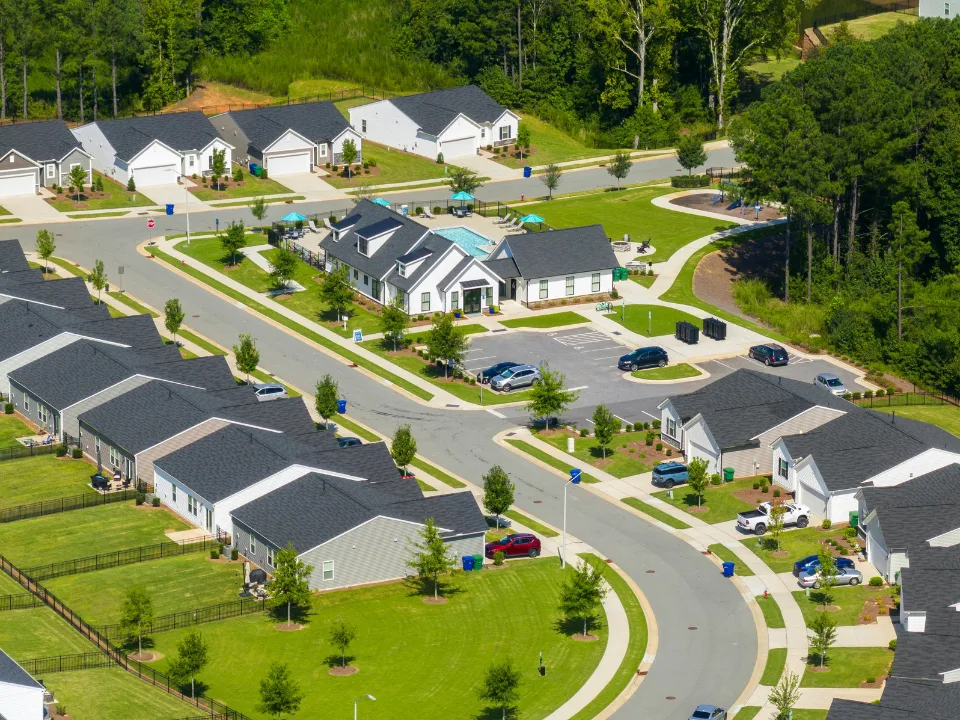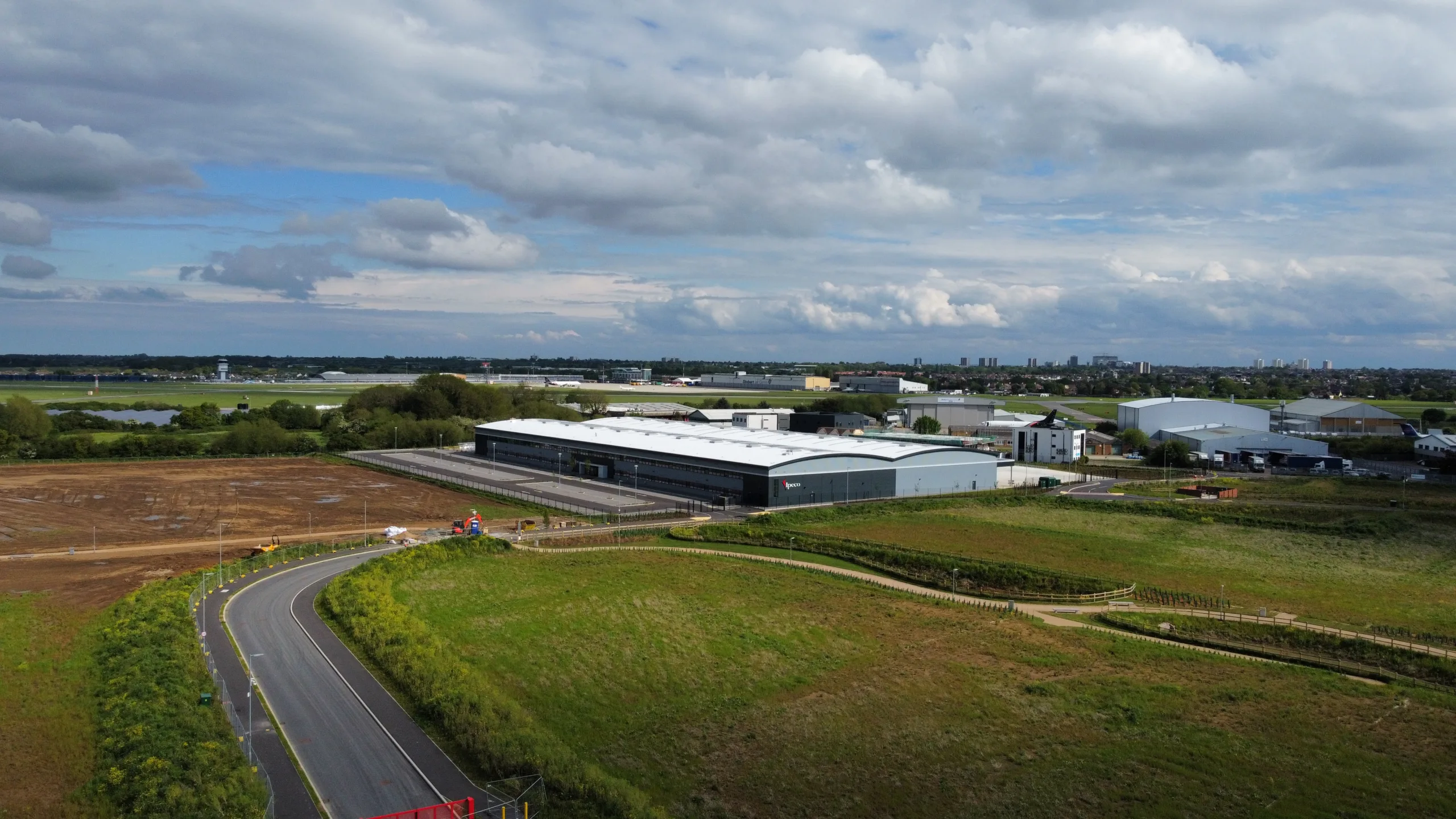- The Q4 2024 absorption rate for new apartments stood at just 45%, well below the post-pandemic high of 75% in Q3 2021, per the Census Bureau.
- Nearly 126,100 units were completed in the quarter—the third consecutive quarter topping 100,000 units—contributing to a supply surge.
- With more inventory, renters are benefiting from increased concessions and greater choice, as apartments take longer to lease.
- Three-bedroom units saw the strongest absorption at 53%, outpacing smaller formats like studios and one-bedrooms.
A Renter’s Market, For Now
According to Multi-housing News, the apartment rental market is tilting in favor of tenants. Data from the US Census Bureau shows that only 45% of newly completed units were leased within three months of delivery in Q4 2024. That’s a steep decline from the absorption peak of 75% just three years ago. Meanwhile, completions hit 126,100 units—marking the second-highest quarterly total ever recorded.
While developers push to deliver units started in prior years, the flood of inventory is giving renters more power. Concessions are becoming more common, and tenants can afford to be choosier about location, amenities, and pricing.
Mixed Reactions to the Data
The National Association of Home Builders (NAHB) sees a silver lining: more apartments mean slower rent inflation, which could help cool broader inflation metrics. “More new apartments should help slow rent growth to lower levels in the coming months,” said NAHB economist Jesse Wade.
Redfin’s senior economist Sheharyar Bokhari added that the current market gives renters an edge, but warned that apartment absorption still lags behind historic norms—even as Q4 2024’s pace was the highest since early 2021.
Get Smarter about what matters in CRE
Stay ahead of trends in commercial real estate with CRE Daily – the free newsletter delivering everything you need to start your day in just 5-minutes
Digging Into the Numbers
- Three-bedroom-plus units: 53% absorbed in 3 months, despite a 59% YoY increase in completions.
- One- and two-bedroom units: 44% absorption, both ticking up slightly year-over-year.
- Studio units: 47% leased within three months.
- 12-month absorption rate: Down to 90%, the lowest since early in the pandemic.
- Regional insights: Units vacant for over a year are most prevalent in the Midwest and West (12%), while the Northeast shows the lowest long-term vacancy at just 2%.
Condos & Co-Ops
For new condominiums and cooperative apartments, the absorption rate was a healthier 67% in Q4, although completions have sharply declined. Just 2,880 units were delivered in the quarter, down from a 2018 peak of nearly 8,000.
Supply Slowdown Ahead
While the current market favors renters, the dynamic may shift. Multifamily building permits have fallen back to pre-pandemic levels, signaling that the construction pipeline is tapering off. This could push absorption rates higher and stabilize rents in the coming quarters, especially if demand catches up.
For now, though, it’s a rare moment of leverage for renters in select markets—particularly in high-supply metros in the Midwest and West.



















